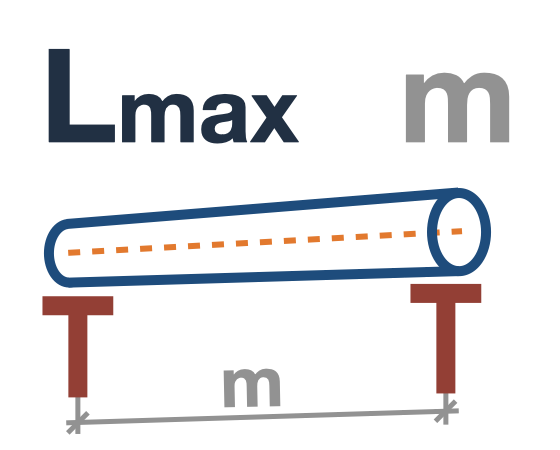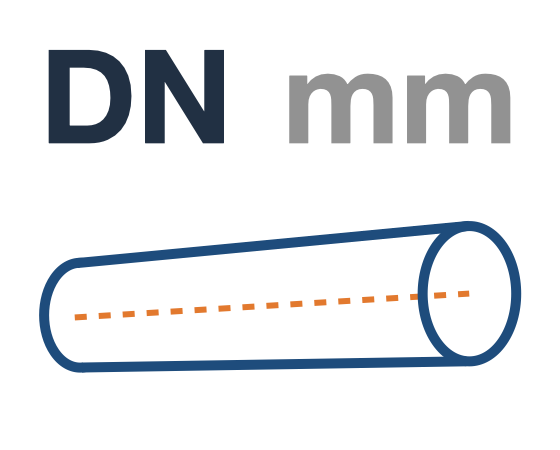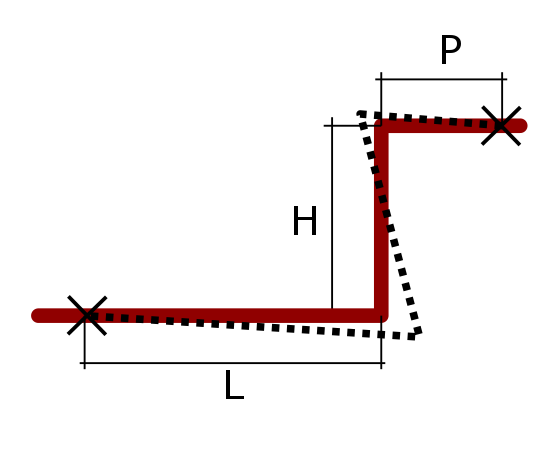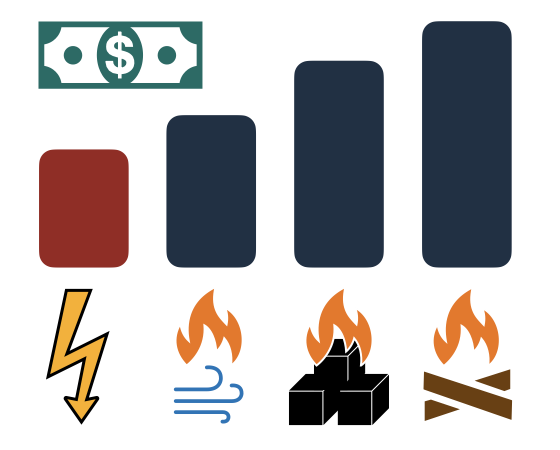Please do not block ads on our site. Clicks on ads help us exist, grow and become more useful for you!
Calculation of pressure loss in pipe

Pressure loss in the pipe consists of linear pressure losses and local losses on the elements of pipeline systems.
Linear pressure losses include pressure losses due to friction in the pipe. They depend on the flow regime, temperature, water flow, as well as on the wall roughness and pipe diameter.
The relationship between water flow and linear pressure losses in the pipeline is quadratic. This means that a threefold increase in flow rate will lead to an increase in pressure losses in the section by 3²=9 times, and a twofold decrease in flow rate will lead to a decrease in pressure losses in the pipeline by 2²=4 times.
The above program will calculate the pressure loss in the pipeline and determine the water flow velocity.
Local pressure losses include losses on shut-off and control valves, as well as losses on branches, tees, transitions, etc. The pressure loss on shut-off and control valves is determined on the basis of its capacity (Kvs) given in the characteristics of the valve. Losses of pressure on branches and transitions are determined based on data on the coefficients of local resistances of these elements obtained as a result of hydraulic tests.
 Online Calculations
Online Calculations















 EXAMPLE
EXAMPLE
